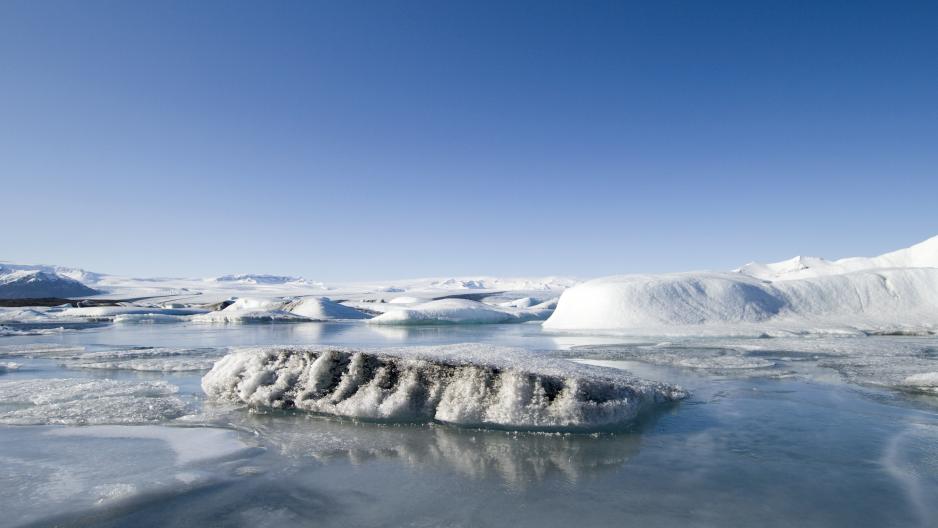Op-Ed: Reducing Arctic black carbon through “club” cooperation

Acting on climate change is about altruistically putting aside self-interest and creating solutions with only the benefit of others in mind: at least, that’s the conventional narrative. But what if we’ve actually been doing it wrong? That’s what a recent study suggests.
While it might sound counterintuitive, the report, which was recently published in the journal Nature Climate Change, found that having countries act in their own national self-interest can be an effective way to reduce black carbon emissions, given the right conditions. As countless rounds of international climate negotiations attest, the fact that states tend to resist doing anything they perceive as not being in their own interest isn’t exactly news. But rather than fight this tendency, the solution might reside in making it easier for states to make better, more informed decisions.
The study used the eight circumpolar countries as its case study for how this could work. For dealing with certain types of environmental problems in the Arctic, it found that international cooperation in smaller "clubs" like the Arctic Council can be effective for some environmental issues like black carbon emissions because it can make for more accurate calculations of national self-interest. While the Arctic Council is an institution of consensus-based cooperation, it also generates an array of scientific research and policy recommendations, with its work especially focused on environmental protection. With it easier to share data and information between member states and permanent participants, the transaction costs normally associated with accessing research gets reduced: meaning that it’s more likely to inform perceptions, and in turn, decisions.
Having the right tools for the job
One implication of the study is that cooperation and national self-interest can work together given the right conditions. However, this doesn’t mean that national self-interest is always the right tool for the job for every environmental challenge, and it also doesn’t mean that we shouldn’t keep holding countries and industry to account for their (in)actions. What this study emphasizes is that different types of environmental problems, such as those in the Arctic, require different strategies for addressing them. Besides black carbon, the other pollutant the study looked at was methane, with both affecting the Arctic in different ways. While methane, a more potent greenhouse gas than carbon dioxide, affects the global climate regardless of where it was originally emitted, black carbon, which comes mainly from soot, is distributed by air currents to settle in places that are sometimes quite far from the source with distinctly direct and noticeable local effects.
As it happens, attempts to reduce these pollutants in one sense comes down to whether or not their effects are perceived to be directly and obviously bad. "For methane mitigation, improved calculation of self-interest is less motivating because methane causes less direct harm," said Dr. Stine Aakre, the study’s lead author and a senior researcher at the Center for International Climate and Environmental Research Oslo (CICERO). "We find that [soot] could have a particularly large impact on action to reduce black carbon emissions, because soot causes such severe within-country impacts on human health."
Having either more methane or soot in the atmosphere is undesirable by any metric: but in the case of methane, not only is it invisible, its influence is genuinely global. For these reasons, Aakre and her co-authors emphasize that traditional international cooperation remains the best way to reduce it. On the other hand, black carbon is a different story. Not only are the direct impacts of soot on human health and crop growth comparatively easy to see and prove, these problems can also be translated into that evergreen disincentive: negative economic impacts.
To be sure, as the authors acknowledge, international efforts to reduce pollutants like carbon dioxide have thus far "proved to be very difficult." There’s also the question of perception, too: different countries may have different understandings of what is or isn’t in their interest, leading to different methods of calculation and possibly disagreement with others. While action through smaller “clubs” of countries like the Arctic Council isn’t a silver bullet for our environmental and negotiation woes, because of how they facilitate information-sharing and genuine cooperation, they can help countries to see more eye-to-eye and actually shift how countries behave, which in turn “could help accelerate” emissions reductions.
The bottom line? With the right tools for the job, we could see positive environmental results. And that’s in everyone’s interest.
